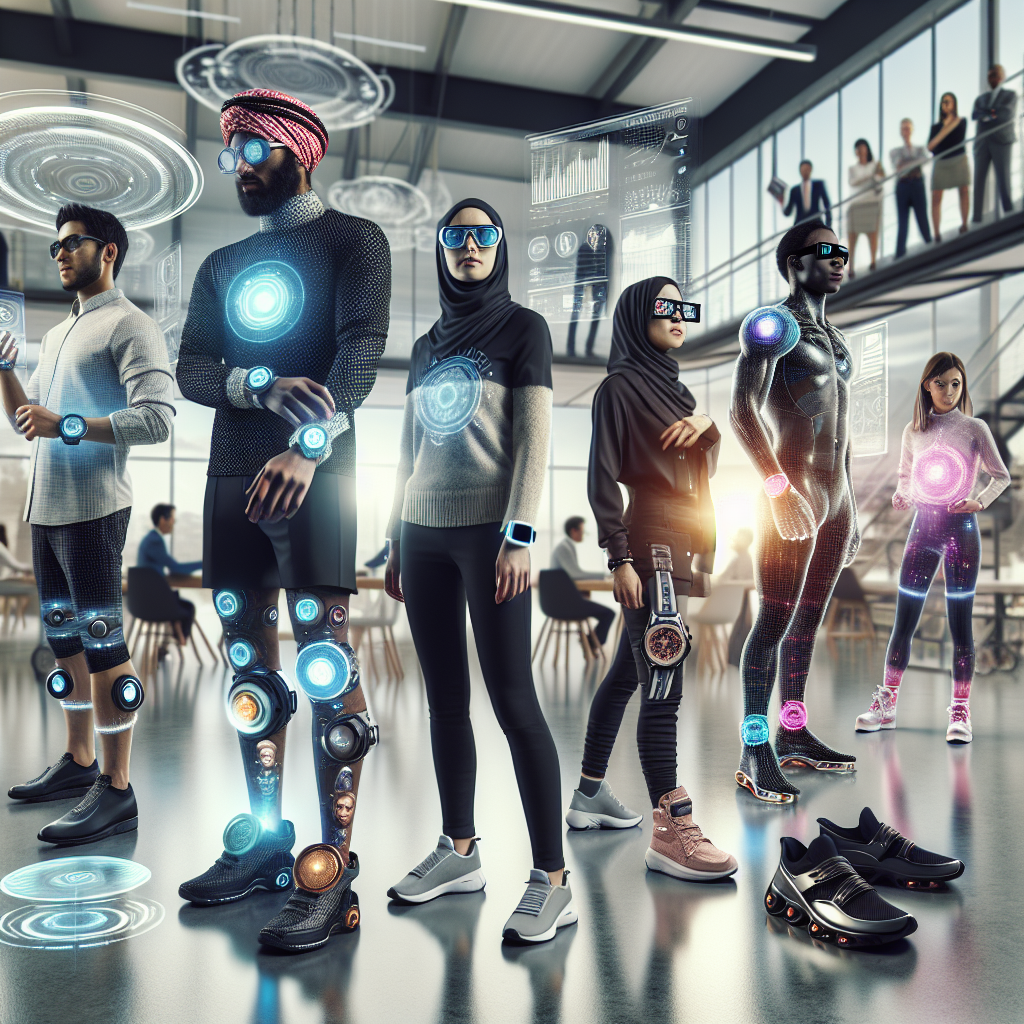Wearable technology has made significant strides in enhancing our daily lives. From fitness trackers that monitor our vital signs to smartwatches that keep us connected, these devices are becoming essential in today\’s world. But what does the future hold for wearable technology? In this article, we\’ll explore the next generation of wearable tech and its potential impact on various aspects of life.
The Evolution of Wearable Technology
The journey of wearable technology began with simple pedometers and has now evolved into sophisticated devices capable of tracking a wide range of health metrics. Early wearables were primarily focused on fitness, but recent advancements have broadened the scope to include health monitoring, communication, and even entertainment.
Health Monitoring
One of the most significant areas where wearable technology is making an impact is health monitoring. Devices like smartwatches and fitness trackers can now measure heart rate, blood oxygen levels, and even detect irregular heartbeats. The integration of wearable technology with artificial intelligence (AI) and machine learning algorithms has enabled more accurate and personalized health insights.
Advanced Health Metrics
Future wearables are expected to offer even more advanced health metrics. Innovations such as continuous glucose monitoring, sleep apnea detection, and early warning systems for chronic diseases are on the horizon. These advancements will empower individuals to take proactive steps toward managing their health and well-being.
Augmented Reality and Wearables
Augmented Reality (AR) is another exciting frontier for wearable technology. AR glasses and headsets are being developed to overlay digital information onto the real world. This technology has the potential to revolutionize various industries, including healthcare, education, and gaming.
AR in Healthcare
In the healthcare sector, AR can be used to provide real-time information to surgeons during operations, enhancing precision and reducing the risk of errors. It can also assist in patient education by visualizing complex medical conditions in an easily understandable format.
AR in Education
In education, AR can create interactive and immersive learning experiences. Imagine history lessons where students can explore ancient civilizations or science classes where complex concepts are brought to life through 3D models.
Wearable Technology in Daily Life
Wearables are not just limited to health and AR. The integration of these devices into our daily routines is becoming more seamless. Smart clothing, for example, can monitor physiological parameters and provide feedback to athletes for optimizing performance.
Smart Fabrics
Smart fabrics embedded with sensors can measure body temperature, sweat levels, and muscle activity. This data can be used to tailor workout routines and prevent injuries. As smart fabrics become more advanced, they could even find applications in medical garments for continuous health monitoring.
Wearables in the Workplace
In the workplace, wearables can improve productivity and safety. Smart glasses, for example, can provide hands-free access to information, instructions, and real-time data, which is especially valuable in industries like manufacturing and logistics.
The Future of Wearable Payments
Wearable technology is also transforming the way we make payments. Contactless payment features integrated into smartwatches and fitness trackers allow users to make purchases with a simple tap.
Blockchain and Secure Transactions
As wearable payments become more widespread, security is a growing concern. Blockchain technology offers a solution by ensuring secure and transparent transactions. Future wearables could leverage blockchain to provide enhanced security, protecting users from fraud and identity theft.
Challenges and Considerations
Despite the numerous benefits, there are challenges and considerations that need to be addressed. Privacy and data security are major concerns, as wearables collect vast amounts of personal information. Ensuring that this data is protected and used ethically is crucial.
Data Privacy
Wearable devices generate sensitive data, including health metrics and location information. It\’s essential for manufacturers to implement robust security measures and obtain user consent before collecting and sharing data.
Battery Life
Another challenge is battery life. As wearables become more advanced and feature-rich, they require more power. Innovations in battery technology and energy-efficient components are needed to ensure that wearables can function for extended periods without frequent recharging.
Conclusion
The future of wearable technology is undoubtedly exciting. From advanced health monitoring to augmented reality and seamless integration into daily life, wearables are poised to transform how we live and interact with the world. As technology continues to evolve, the possibilities are endless. However, it\’s essential to address challenges such as data privacy and battery life to ensure the sustainable and ethical growth of this dynamic field.

